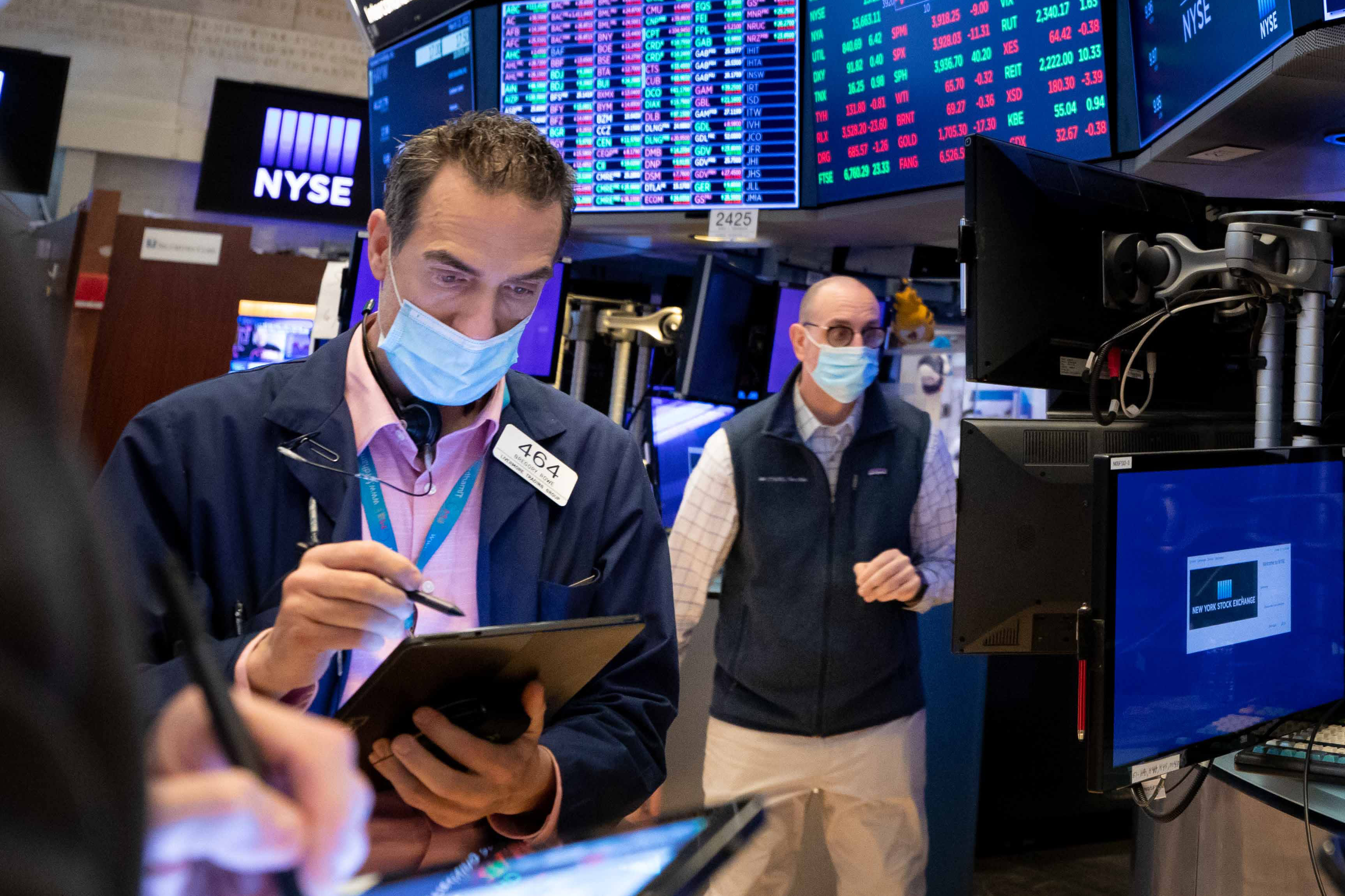U.S. stock index futures advanced during overnight trading, after the major averages finished Tuesday’s session in the red.
Futures contracts tied to the Dow Jones Industrial Average gained 58 points, or 0.17%. S&P 500 futures also rose 0.17%, while Nasdaq 100 futures were up 0.18%.
The major averages pulled back from record highs to close in negative territory during regular trading. The Dow slid 97 points, or 0.3%, breaking a two-day winning streak. The S&P hit a record high, but retreated during afternoon trading and ultimately closed 0.1% lower for its first negative session in four. The Nasdaq Composite declined 0.05%, also snapping a three-day winning streak.
“There are lots of reasons to be excited about the months ahead, and we’re generally optimistic for this year,” noted Lindsey Bell, chief investment strategist at Ally Invest. “Stocks’ momentum is strong, no doubt about that. But the market may be ready to take a breather as investors digest all the good news, determine how much of that is priced in and weigh it against uncertain risks like inflation,” she added.
Strong economic data — including March’s jobs report that handily beat expectations — has fueled stocks’ ascent in recent sessions. All three major averages are coming off their fourth straight quarter of gains as the economic recovery from Covid-19 accelerates.
The International Monetary Fund on Tuesday raised its 2021 growth outlook for the global economy to 6%, up from January’s forecast of 5.5%. The organization said that “a way out of this health and economic crisis is increasingly visible.” The IMF did, however, warn of “daunting challenges” given the varied pace of vaccine rollouts around the world.
“From a positioning standpoint, we still view equities as attractive on a relative basis,” noted Keith Lerner, chief market strategist at Truist. “Even though we expect periodic setbacks, U.S. stocks have risen 85% of the time during economic expansions, and valuations remain attractive relative to fixed income.”
Rising yields have spooked investors recently, sparking a rotation out of growth and into value-oriented areas of the market. On Tuesday the 10-year Treasury yield dipped 7 basis points to 1.65%.
The Federal Open Market Committee will publish the minutes from its March meeting, where the central bank opted to leave interest rates unchanged, on Wednesday. The minutes could offer investors a clue as to when the Fed might hike interest rates.
